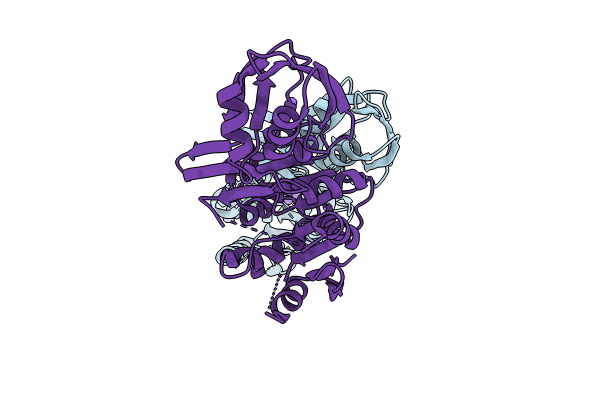
Deposition Date
2024-02-08
Release Date
2024-11-06
Last Version Date
2025-05-21
Entry Detail
PDB ID:
8VYD
Keywords:
Title:
A novel synthase generates m4(2)C to stabilize the archaeal ribosome
Biological Source:
Source Organism:
Thermococcus kodakarensis (Taxon ID: 311400)
Host Organism:
Method Details:
Experimental Method:
Resolution:
1.95 Å
R-Value Free:
0.28
R-Value Work:
0.23
R-Value Observed:
0.24
Space Group:
P 1 21 1


